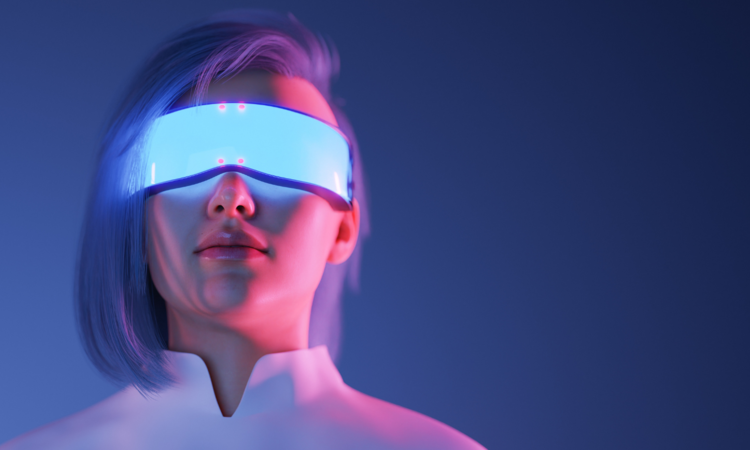
Welcome to the brave new world of the Metaverse
In July last year, Facebook CEO Mark Zuckerberg staked his company’s future on the Metaverse. He was so confident about this ‘game-changing technology’ that he not only committed to spending billions of dollars revamping the company’s platform but also undertook to change the company’s name to Meta.
But what exactly is the Metaverse and how will it change the way that users interact with technology solutions, services, and applications?
Though definitions vary wildly, the Metaverse is basically the next iteration of the internet, where the worlds of UI (user interface or form) and UX (user experience or function) converge in a virtual space using a range of immersive technologies including virtual reality (VR), augmented reality (AR) and artificial intelligence (AI).
These technologies, which continue to progress at a rapid pace, provide the end user with a totally immersive digital experience that promises to completely upend conventional notions of user and customer experience. This ‘meta-engagement’, combining the best UI and UX functions, will provide a thoroughly engaging experience that merges the physical and digital worlds in the form of avatars that users can take with them to all corners of the internet in its next iteration.
How will this happen? The vision is that the Metaverse will combine AI, VR and AR with Natural Language Processing (NLP) in a real-time 3D environment with greatly enhanced voice and visual components, all of which is made possible by very high-speed internet.
A submersive, individualised customer experience
In the near future, the Metaverse will involve more and more individualisation where technology can artificially sense who an individual is by using all the aforementioned technologies to generate unprecedented levels of visual and voice accuracy (think facial expression, tone of voice).
The Metaverse will create vast online spaces where people play and work as avatars, which is still a fuzzy idea for most people outside of the tech industry but, as Zuckerberg claims, is the future. Everyone will occupy a virtual space and interact in a new reality somewhere between the current physical and digital worlds, turning what we would now regard as science fiction into science fact.
While much of this is still hard to fathom for the average person, all the big tech companies have decided this is where the future of technology is and are eagerly staking their claims with their own versions of the Metaverse.
Complications aplenty
This evolution in computing aims to parallel the real world through an immersive digital lens, but it’s not without its critics and there is no shortage of difficulties that are yet to be addressed. Chief among these are the way in which personal avatars can move between interconnected devices and websites, something that gamers, the early pioneers in Metaverse technology, are well aware of. Games such as Minecraft and Second Life have operated in immersive VR-type simulations for years but there is no way of moving characters or avatars from one to the other.
There are also issues of control – who gets the final say in building the Metaverse and what platforms will ultimately come out on top? This will require a rethink of industry standards and the usual questions regarding monopolies that have plagued the internet since its inception.
Last but not least, the question of bullying will need to be addressed. Twitter and its use of 170 characters is bad enough, but when users find themselves deeply immersed in a virtual world, they may well be far more vulnerable to this type of objectionable behaviour.
Whatever happens, one thing is for sure. The digital world as we know it will be far different to the one where we currently reside.
To discuss how the Metaverse may affect your business, call your localFinXLoffice today.
